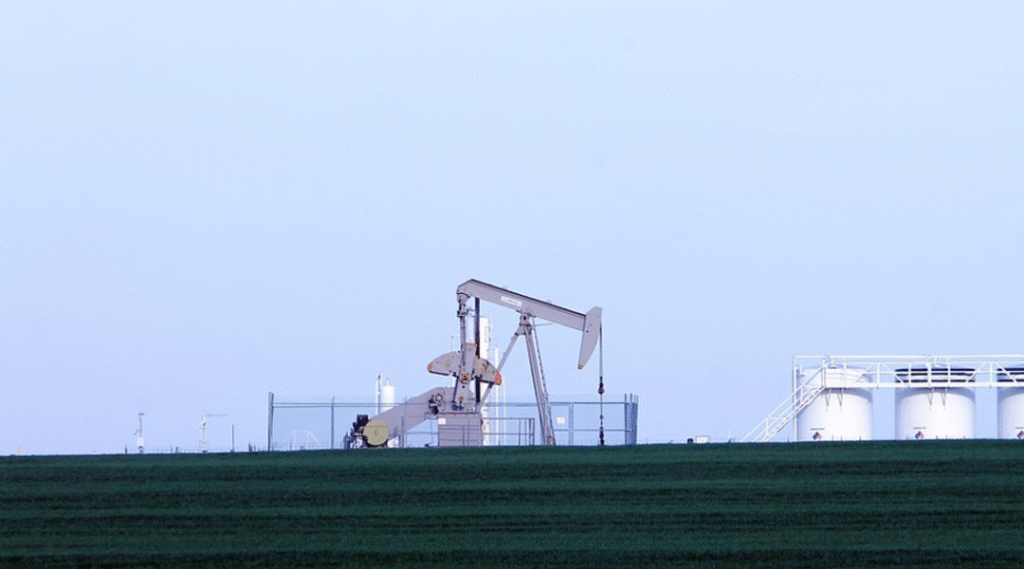In the global transition toward sustainable development, clean energy plays a central role. Solar, wind, hydro, and other renewable sources are reshaping the way we produce and consume energy. However, these sources also come with inherent challenges—intermittency, grid stability, and forecasting difficulty among them. To meet these challenges, artificial intelligence (AI) has emerged as a powerful ally. With its ability to analyze massive data sets, detect patterns, and make real-time decisions, AI is accelerating the efficiency, scalability, and resilience of clean energy systems worldwide.
This article explores how AI technologies are transforming the clean energy landscape and enabling a smarter, more sustainable energy future.
1. Optimizing Energy Forecasting
One of the biggest challenges of clean energy is its variability. Solar and wind power depend on weather conditions, which are inherently unpredictable. Accurate forecasting is critical to balance supply and demand, prevent energy waste, and reduce reliance on fossil fuel backups.
AI-driven models outperform traditional forecasting methods by integrating real-time weather data, satellite imagery, and historical production data. Machine learning algorithms can predict solar irradiance, wind speeds, and energy output hours or even days in advance with increasing accuracy. This allows grid operators to plan better, optimize energy storage use, and avoid costly overproduction or shortages.
2. Smart Grid Management
The modern energy grid is becoming more decentralized, with millions of solar panels, wind turbines, electric vehicles (EVs), and smart appliances all feeding energy into and drawing energy from the grid. Managing such a complex network in real-time is a monumental task—one perfectly suited for AI.
AI systems analyze real-time data from sensors, meters, and connected devices across the grid to detect anomalies, predict peak demand, and dynamically adjust energy flows. This makes the grid more resilient and reduces energy losses. AI also plays a key role in demand response, where electricity usage is adjusted based on supply conditions—such as encouraging consumers to use power during off-peak times.
3. Enhancing Energy Storage Systems
Energy storage is vital for clean energy reliability. Batteries and other storage systems ensure that excess energy generated during peak production (e.g., midday for solar) can be used during peak demand (e.g., evenings). However, storage systems must be managed efficiently to avoid degradation and waste.
AI helps by monitoring battery health, predicting usage patterns, and optimizing charge/discharge cycles. For example, AI can determine the best time to store or release energy based on forecasted demand, pricing, and weather. This not only maximizes the lifespan of storage assets but also improves return on investment for utilities and businesses.
4. Improving Operational Efficiency in Renewable Assets
Wind turbines, solar farms, and hydroelectric plants involve complex machinery and infrastructure that require ongoing maintenance. AI-powered predictive maintenance tools can analyze equipment performance data to detect early signs of wear, misalignment, or inefficiency—reducing downtime and repair costs.
For instance, computer vision and AI analytics can monitor drone footage of wind turbine blades to identify cracks or erosion. Similarly, AI can evaluate panel performance in solar farms and recommend adjustments or cleaning schedules. These insights help operators make informed decisions that maintain peak output and lower operational costs.
5. Accelerating Energy Research and Design
AI is also accelerating innovation in clean energy materials and systems. Machine learning is being used in laboratories to simulate new battery chemistries, photovoltaic materials, and hydrogen production techniques far faster than traditional methods allow.
By analyzing millions of potential chemical combinations and performance simulations, AI can narrow down the most promising options for physical testing. This shortens the R&D cycle and brings breakthrough technologies to market faster, which is crucial as the world races to reduce emissions.
6. Supporting Consumer-Level Energy Solutions
At the consumer level, AI is enabling smarter homes and businesses. AI-powered home energy management systems learn usage habits, forecast local weather, and automatically adjust heating, cooling, or charging systems to minimize energy waste. For example, smart thermostats use AI to balance comfort with efficiency, while AI-integrated solar inverters optimize energy distribution based on household usage patterns.
For businesses, AI-based platforms track energy consumption across multiple sites, detect inefficiencies, and suggest changes to reduce costs and emissions—supporting ESG (Environmental, Social, and Governance) goals.
AI is no longer just a futuristic concept—it is a vital technology enabling the clean energy revolution. From grid management to predictive maintenance, forecasting to consumer applications, AI provides the intelligence needed to make renewable energy more reliable, efficient, and scalable.
As global energy demands rise and climate challenges intensify, the synergy between AI and clean energy will be essential. By combining data-driven intelligence with sustainable generation, we are not only solving today’s energy challenges—we are building a smarter, cleaner future.
More about this topic:
How AI-Based Energy Management Systems Are Reshaping the Global Energy Industry
The Future of Energy Storage: Challenges, Solutions, and Emerging Trends
How Falling Energy Imports Are Redefining the U.S. Energy Landscape
Wind Energy: Onshore, Offshore & Beyond
As for in-depth insight articles about AI tech, please visit our AI Tech Category here.
As for in-depth insight articles about Auto Tech, please visit our Auto Tech Category here.
As for in-depth insight articles about Smart IoT, please visit our Smart IoT Category here.
As for in-depth insight articles about Energy, please visit our Energy Category here.
If you want to save time for high-quality reading, please visit our Editors’ Pick here.



